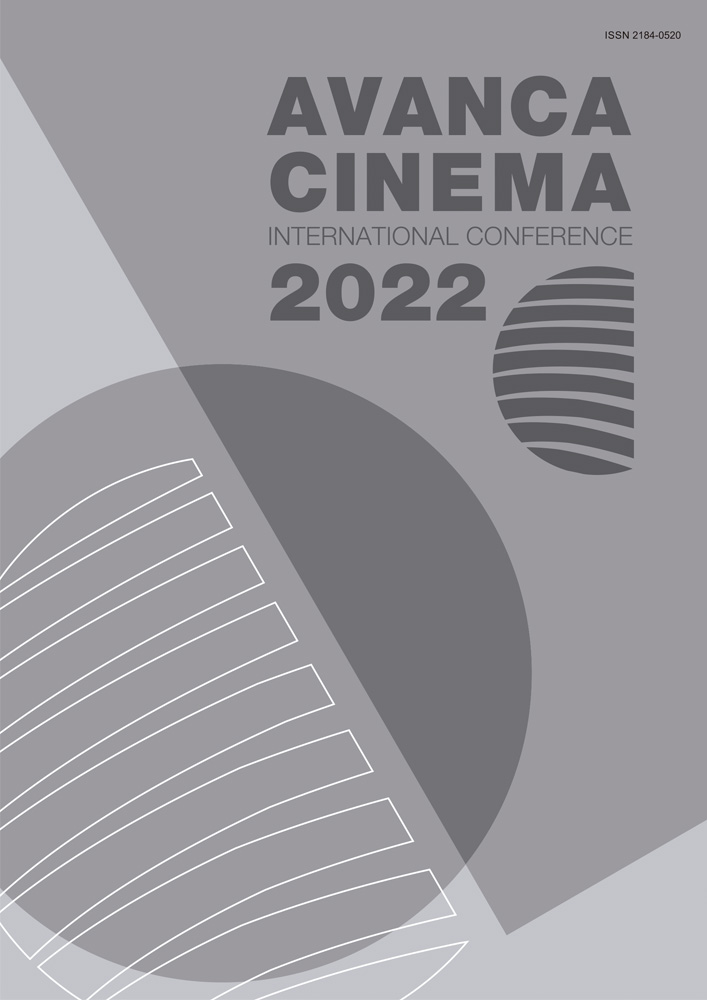Capítulo I _ Cinema – Arte
Bertolt Brecht’s Soul in the Body of Experimental Animation: Common Audiovisual Strategies between Epic Theatre and Robert Breer’s Short Animations
Resumo
This essay examines Robert Carlton Breer’s specific audiovisual strategies for making experimental animations. Epic theatre or Brechtian theatre stays against the popular conventions and traditions of the Dramatic theatre (Aristotelian theatre) and prevents its audiences from drowning in the performance and inactiveness by its strategies like Distancing Effect. As a result of watching identical functions between Robert Breer’s filmmaking strategies in his short experimental animations and the strategies of the Epic theatre, three questions raise in mind. Can the strategies of making a Brechtian theatre be represented in animation? Can the strategies of the Brechtian theatre be considered as equivalents for Breer’s filmmaking strategies? If it can be possible, Can the results of the Brechtian theatre – audiences’ prevention from drowning in performance and inactiveness – be formed for the audiences of Breer’s animations so that they can speculate about the issues and characters of those films functionally? To answer these questions, the method of this essay is accounted based on finding equivalents between the strategies of Epic theatre and the strategies of Breer’s filmmaking. In this way, it is indispensable to be familiar with experimental animation, Breer’s films, Epic theatre and Brecht’s performing and executive ideas. This essay analyzes and presents the mentioned issues via a library-based and comparative analytical study so that the possibility of representing the strategies of the Epic theatre in animation media and the possibility of equivalence between Brecht’s strategies in theatre and Breer’s strategies in animation can be determined.

Este trabalho encontra-se publicado com a Licença Internacional Creative Commons Atribuição 4.0.

